KY-026 Flame Sensor Module is a highly effective tool designed to detect the presence of fire or light sources with a specific wavelength, typically ranging from 760nm to 1100nm (near-infrared). This module uses a YG1006 N-type phototransistor to sense the infrared radiation emitted by a flame. Crucially, the KY-026 offers dual outputs: a digital pin for simple, threshold-based fire alerts and an analog pin that provides the raw signal intensity. This dual capability allows users to build not just simple fire alarms but also more sophisticated systems that measure flame strength or direction. Engineers and hobbyists frequently select this module for its reliability, adjustable sensitivity via the onboard potentiometer, and seamless integration with popular development platforms like Arduino and Raspberry Pi.
Key Features:
- High Sensitivity: Detects infrared light sources (flames) in the 760nm to 1100nm wavelength range with great reliability.
- Dual Output Modes: Provides a Digital Output (D0) for instant high/low flame detection and an Analog Output (A0) for measuring flame intensity.
- Adjustable Sensitivity: An onboard precision potentiometer allows users to fine-tune the digital output threshold, minimizing false alarms.
- Fast Response Time: The phototransistor quickly reacts to changes in infrared radiation, providing rapid warning in fire scenarios.
- Operating Range: Effectively detects flames at distances typically up to 1 meter (depending on flame size and ambient conditions).
- Simple Integration: Features a standard 4-pin header that connects directly to most microcontrollers using jumper wires.
Technical Specifications:
- Sensor Type: YG1006 N-type Phototransistor
- Detection Wavelength: 760 nm to 1100 nm (Near-Infrared)
- Operating Voltage: 3.3 V to 5 V DC
- Output Signal: Digital (D0) and Analog (A0)
- Mounting: Onboard mounting hole for securing the module.
- Indicator: Power LED and Digital Output Status LED.
Mechanical Specifications:
- PCB Material: FR4 fiberglass
- Connector Type: 4-pin male header
- Adjustability: Single-turn potentiometer for digital sensitivity adjustment.
Dimensions:
- Board Length: ~32 mm
- Board Width: ~14 mm
- Sensor Height (from PCB): ~8 mm
Pinout and Wiring:
- VCC: Connect to the microcontroller’s 5V or 3.3V power supply.
- GND: Connect to the common ground of the system.
- D0 (Digital Out): Connect to a digital input pin (e.g., Arduino Pin 2). This pin goes HIGH or LOW when the detected flame intensity crosses the threshold set by the potentiometer.
- A0 (Analog Out): Connect to an analog input pin (e.g., Arduino Pin A0). This pin outputs a voltage proportional to the intensity of the detected IR radiation.
- Wiring Note: Use the D0 pin for simple alarm triggering and the A0 pin when you need to measure the distance or strength of the flame.
Datasheet Reference:
Commonly Used in:
- Robotics: Integral to fire-fighting robots that require non-contact flame location and avoidance.
- Hobbyist Fire Alarms: Used in small-scale, custom home monitoring and alert systems.
- Educational Kits: A common component in electronics and microcontroller starter kits for teaching sensor integration.
Applications:
- Automatic Fire Alarm Systems: Trigger audible or visible alarms upon fire detection in homes, offices, or workshops.
- Fire Fighting Robots: Guide mobile robotic platforms toward the source of the flame using intensity readings from the A0 pin.
- Security Systems: Incorporate flame detection into broader security and environmental monitoring setups.
Equivalent Models:
- IR Infrared Receiver Module (often labeled as KY-033): While similar, it is generally less sensitive and designed more for object sensing than specific flame detection.
- UV Flame Sensors: Offer superior detection but operate on ultraviolet (UV) light and are significantly more expensive than the IR-based KY-026.
Package Includes:
- 1 x KY-026 Flame Sensor Module
Additional information
| Weight | 10 g |
|---|---|
| Dimensions | 40 × 12 × 15 mm |


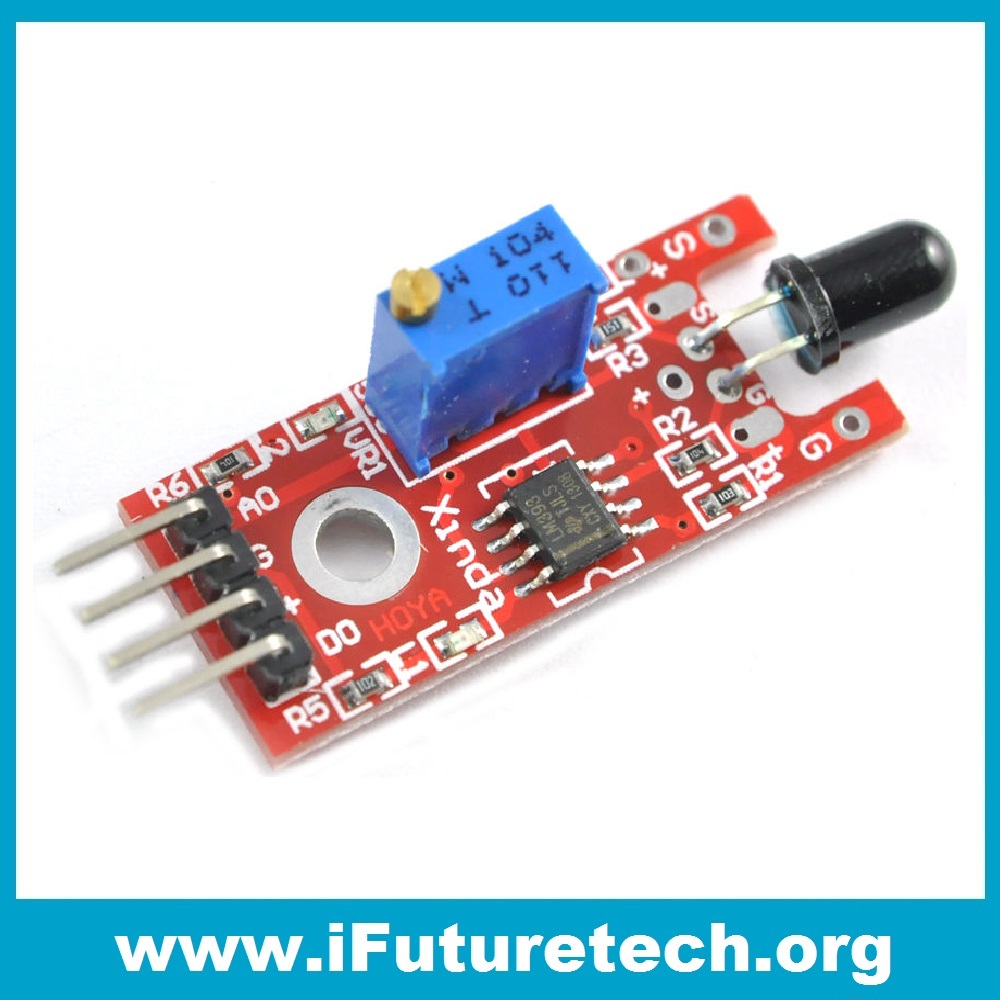
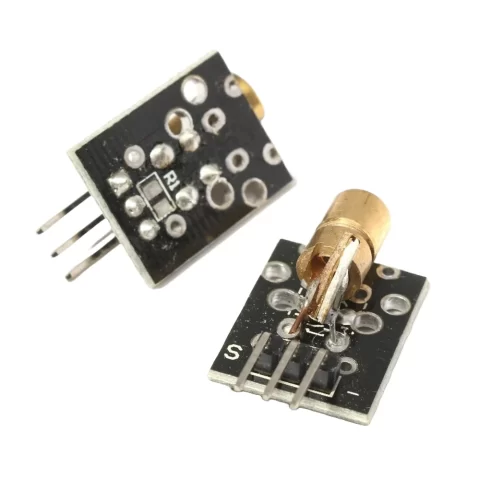
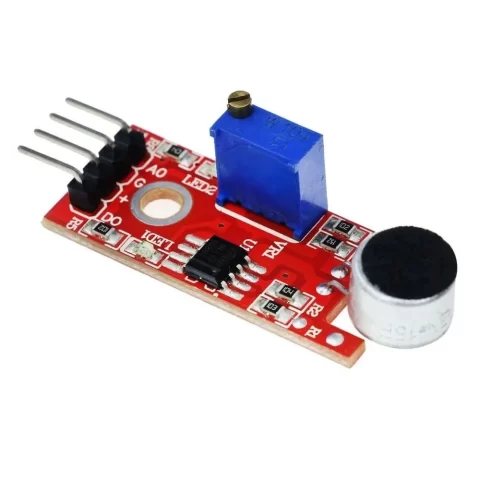
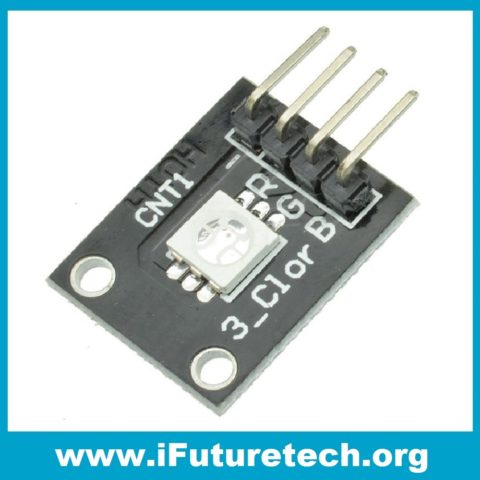

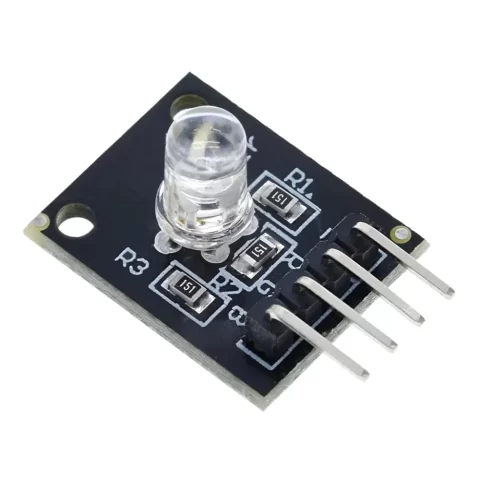

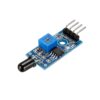
Reviews
There are no reviews yet.